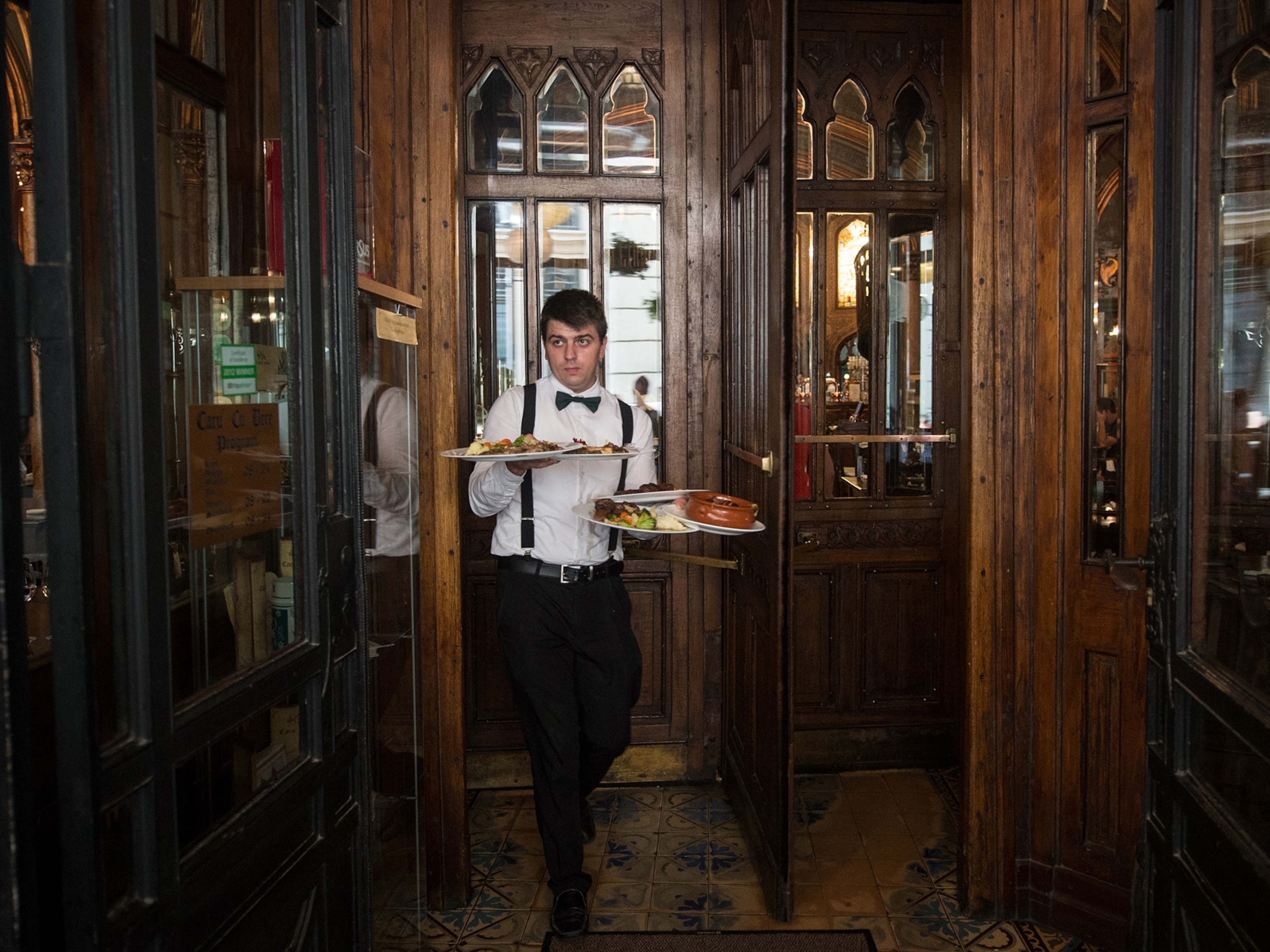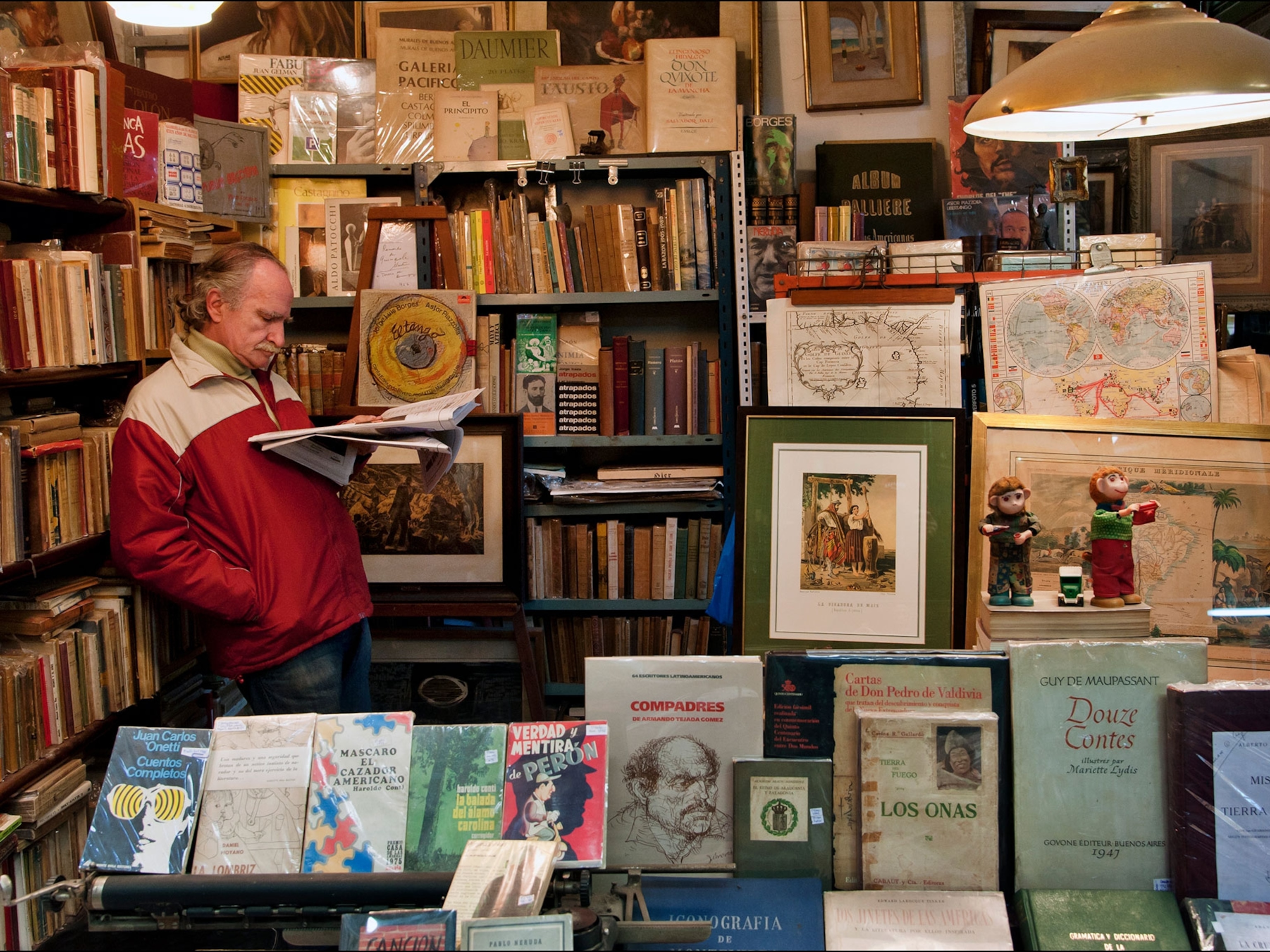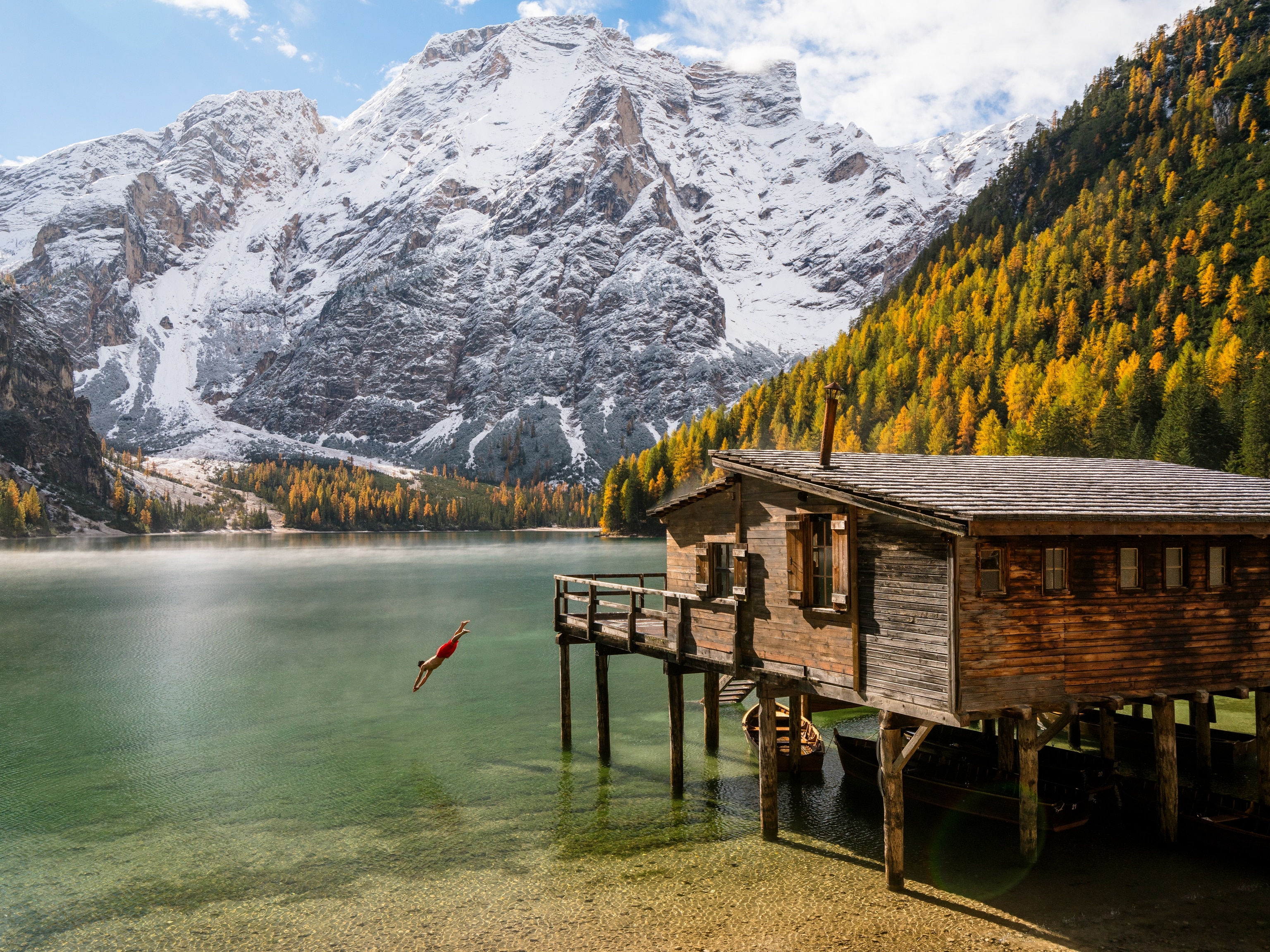
Discover the Best of Bucharest
Plan your trip to Bucharest with these top 10 tips.
At the confluence of East and West, Bucharest rose above its communist past into a city whose historical influences are reflected in the contrasting architectural fusion, a traditional-meets-modern outlook, and a stream of social happenings.
Wildlife
An urban delta in the middle of Bucharest, the Văcărești Natural Park is perhaps the most surprising attraction. What was supposed to be a dam during the communist era and left abandoned after the 1989 Revolution turned into an astonishing nature park (452 acres) over the course of two decades. Declared a protected nature reserve in 2016, this is the first of its kind in Romania, holding 136 species of birds and 116 types of plants, otters, reptiles, and insects.
Archaeological Site
Within the historic city center known as the Old Town, the Old Princely Court dates back to the 15th century. Built by Mircea the Elder, ruler of Wallachia, the court was expanded during the rule of Vlad the III the Impaler (the real-life figure that inspired Bram Stoker’s Dracula novel). Archaeological excavations during 1967-1974 revealed the extent of the ancient residence, in what later became the Old Court Museum. Right next to it is the Old Princely Court Church, considered to be the oldest church in Bucharest.
Cultural Site
Set on the shores of Herăstrău Lake, the bucolic Romanian Village Museum is a remarkable outdoors museum, a tribute to quintessential Romania. Dozens of original peasant homes are on display, along with barns, farmsteads, windmills, watermills, and wooden churches, brought in from all over the country. Best explored during warm weather when foliage is in full bloom, be on the lookout for the occasional sing-and-dance folkloric representations.
Best Day Trip
For a total change of scenery, Sinaia in the Carpathian Mountains, some 80 miles north, is a mountain resort that boasts both stunning landscape and cultural sites. Formerly the summer residence of the Romanian Royal Family, this Neo-Renaissance Peleș Castle is one of the most beautiful castles in Europe and not to be missed. Take the cable car to 1,400 or 2,000 meters for stunning views. The Casino and composer George Enescu’s house are also noteworthy landmarks.
Off the Beaten Path
Get away from the raucous Old Town and take side streets instead. Stroll through the Armenian quarter, home to the real 19th-century Bucharest. Head to the Icoanei neighborhood, whose Dacia Boulevard is blessed with architectural gems, a residential area with some of the city’s most elegant 19th century and early 20th century villas, and quaint parks. Head to Bellu Cemetery, a national pantheon with some 300 monuments of funerary art or Cotroceni, a quiet, tree-lined neighborhood lurking with historic Art Deco, modernist villas and idyllic tea houses. Go on an urbex tour with knowledgeable guides.
Most Iconic Place
Most people might direct you to the colossal Palace of Parliament, the second largest administrative building in the world, but the Neo-Classical Romanian Athenaeum should be first on your list. Bucharest’s iconic concert hall is resplendent both inside and out. Designed by French architect Albert Galleron and inaugurated in 1888, the domed, ornate building is home to the Romanian Philharmonic and the biannual George Enescu Classical Music Festival.
Late Night
While many will argue the Old Town is the best spot for a night out—and options are certainly not lacking (if only on the touristy side blasting at your eardrums)—head a few streets farther where the Creative Quarter begins. For the best botanical cocktails, FIX in the restored Palatul Universul (a former printing house, now creative hub) is a good place to start. Nearby, Control Club is the hippest address in town for live indie rock and electronic music, with Romanian techno being among the best in Europe at the moment.
- National Geographic Expeditions
Historic Site
Bucharest is full of historic palaces and century-old Brâncovenesc-style Orthodox churches; however, less known is Casa Melik, the oldest house in Bucharest built around 1750 and representative of traditional Romanian architecture. Located in the Armenian quarter where narrow alleyways uncover architectural wonders aplenty, the house now hosts the Theodor Pallady Museum. Considered one of the most influential 20th-century Romanian painters, Pallady’s works are on display.
Local Quirk
There is no better way to do as the locals do than hanging out with a chilled pint at a terasă—summer gardens turned alfresco bars. A Bucharest institution that stems from the urban fabric of the city in which the garden terrace came to exist as the natural, social extension of a house—the bohemian back gardens are perhaps Bucharest’s best quality. Just peek behind Belle Époque palazzos and ivy-covered Neo-Romanian mansions. There are many to come by: urban gardens, serendipitous teahouses, or hidden beer gardens.
Palace Visit
For a crash course into Bucharest’s communist past, go for a guided tour to the 80-room Spring Palace, the lavish former residence of Romanian dictator Nicolae Ceaușescu. Opened in 2016, the interior is part kitsch opulence with solid gold toilet holders, part unexpected beauty with mosaics galore. There are peacocks walking about and a Japanese-style garden. The couple’s pajamas lie eerily still on the bed, as left before their infamous execution.





